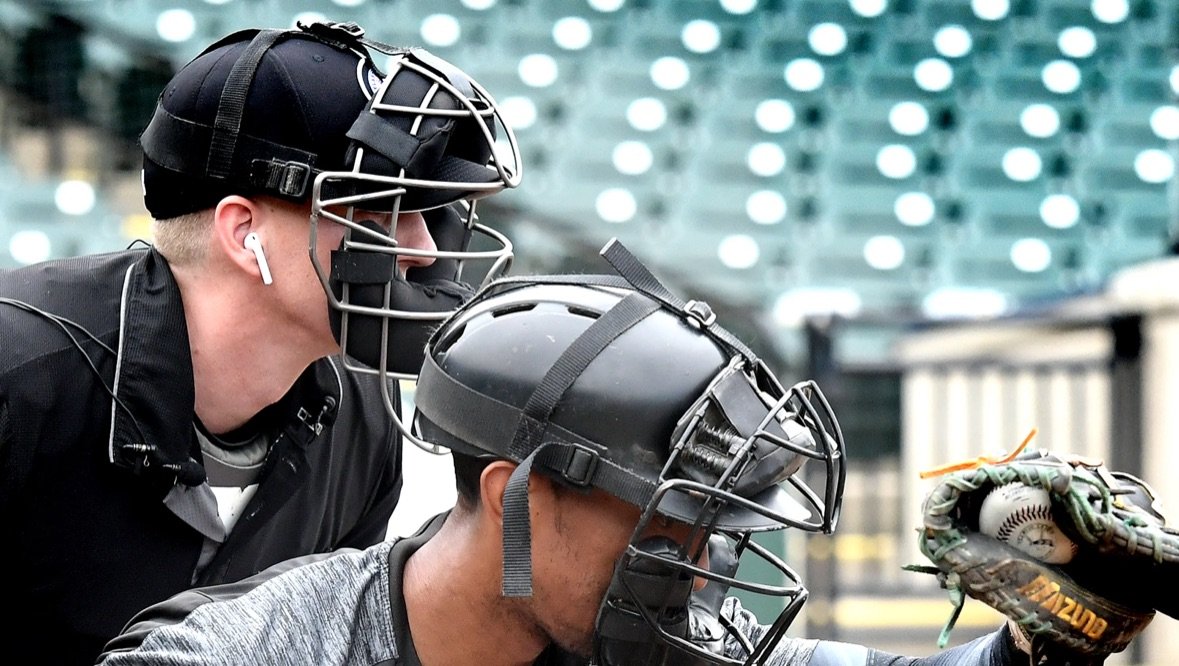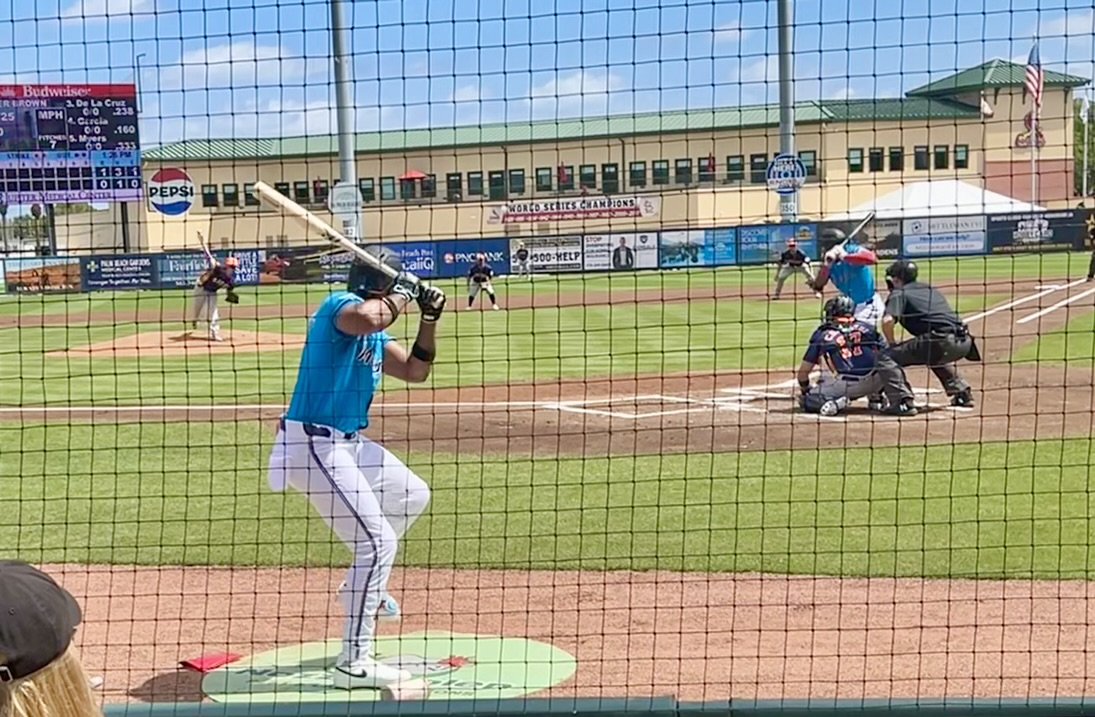Why ABS Technology Will Revolutionize Baseball And Stop All The Fighting
Jupiter, Florida: Some of the most memorable episodes in baseball have been the incandescent arguments between managers and umpires over balls and strikes. See here. And here. This one’s a beauty, too.
The supply of these battles is about to dry up, however, as MLB gets closer to a virtual strike zone calling the pitches. Last summer it experimented in the minors with a wireless system called Automated Balls and Strikes (ABS) that relays the calls to the ear of the home-plate umpire in one/eighth of a second. Who then tells the world. It is also wrestling with a challenge system that allows batters, pitchers and managers up to three challenges a game.
While there will be fewer disputes about the strike zone using ABS— who’s going to kick dirt on a simulation?— there will be a new source of argument over managers’ usage of those challenges. Do they save them for the end of games when results are razor-thin? Do they use them early on to grab a lead in the game? Do they let their players ask for the challenges or do they hoard them? Controversy!
Or MLB may just play it straight, no challenges. To make the ABS system work players are digitally recorded in their batting stances so the computer can build a composite strike zone unique to that player. Using that template, the call is sent to a small transmitter on the back of the umpire’s belt (see below). Should a player request a challenge the umpire will activate a microphone that allows him (or the one female MLB-level umpire) to announce the challenge and deliver the result.
When the system ramps up full-time in MLB (probably next season) the ABS results of the challenge will be shown on the scoreboard. Like this, from a prospects game this past week in Florida. The batter challenged a strike call and fairly quickly got his response on the big board for thousands to laugh at.
To most people who’ve watched tennis’ Hawkeye system (which uses the same tech) or soccer’s goal video-review system the response to all this is, What took so long? Fans watching games on TV at home have seen a virtual strike zone for years now, helping them and the homer announcers see accurate results live. Despite the system exposing errors, missed calls have gone unchallenged and games have been decided on mistakes. Until now, it seems.
Why now? Probably one word sums up the push to bring the sport into the 21st century: gambling. Or, to be precise, two words: legalized gambling (for earlier gambling please consult the 1919 Black Sox World Series). With MLB embracing the sprawling new industry (Ontario is fully invested in online gambling and Alberta is on its way) the need for accurate results became paramount.
MLB cannot accept any revenues directly from gambling, but it can display advertising from websites and casinos that produce sports gambling. As many watching a sports broadcast can tell you, the intrusion of this industry into their watching of games is either 1) intrusive or 2) infuriating. But if players are to make $50 M a year it’s here to stay.
So “blame ABS, not the human” is the solution to integrity. As we’ve written, the online site Umpire Scorecards has been analyzing the insufficiency of having the naked eye decide a World Series when a computer system will give you virtually 100 percent accuracy. The failing marks for a number of umpires who, miraculously, still have jobs is eye-popping. Hello, Angel Hernandez making $430,000 a year to miss calls.
There remains the issue of salving the pride of umpires who’ve been around for decades being the boss. Sources close to games played this spring in Florida— without the ABS umpires— have told NTPB that the umpires wearing the gear in the Grapefruit League are so far not antagonistic about having their traditional role eliminated. They remain wary, however, that a loss of authority on balls/ strikes could affect their integrity.
And, of course, a loss in pay. But MLB should take heart about tinkering with tradition. Struggling to restore its position in the national broadcasting market, its introduction of the pitch clock and the “ghost runner” in extra innings proved a terrific success in 2023. Faster games and less prevarication was embraced by most fans who don’t want four-hour marathons when they tune in for a game.
Now… let’s play ball.
Bruce Dowbiggin @dowbboy is the editor of Not The Public Broadcaster A two-time winner of the Gemini Award as Canada's top television sports broadcaster, he’s a regular contributor to Sirius XM Canada Talks Ch. 167. Inexact Science: The Six Most Compelling Draft Years In NHL History, his book with his son Evan, was voted the seventh-best professional hockey book of all time by bookauthority.org . His 2004 book Money Players was voted sixth best on the same list, and is available via brucedowbigginbooks.ca.




